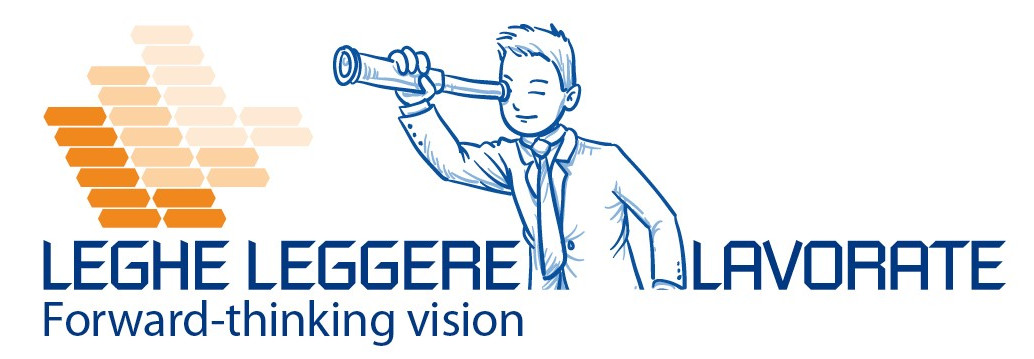Electropolishing is an electrochemical process used to smooth and polish the surface of a metal. This process is mainly used to improve the aesthetic appearance and cleaning properties of metal surfaces.
During the electropolishing process, the workpiece is immersed in an electrolyte solution and an electric current is applied. The electrolytic solution is composed of acid and other additives which act on the surface of the metal, removing a thin layer of material and creating a smooth and homogeneous surface.
The electropolishing process can be used on a variety of metals including stainless steel, aluminum, copper, titanium and many more.
What are the main benefits of electropolishing?
Electropolishing is commonly used in the manufacturing of implantable medical devices for several reasons. Here are some of the main benefits:
● it improves the biocompatibility of implantable medical devices by removing contaminants and particles from the device surface and improving its resistance to corrosion. This is especially important in medical applications, where the interaction between the device and human tissue must be minimized to avoid unwanted immune reactions.
● the smooth and uniform surface finish produced by electropolishing reduces the porosity of the device surface, making it easier to clean and disinfect. This is especially important in medical applications where hygiene is a critical concern.
● It enhances the aesthetics of implantable medical devices by producing a smooth, glossy finish that gives the device an aesthetically pleasing appearance.
● it increases the life of implantable medical devices by reducing corrosion of the device surface and improving fatigue resistance. This is especially important for devices such as orthopedic and dental prostheses, which must withstand many repeated mechanical stresses.
● it reduces the manufacturing cost of implantable medical devices by reducing the need for costly surface treatments and reducing overall processing times.
At the end of the process, a passivation is performed to stabilize the surfaces.

